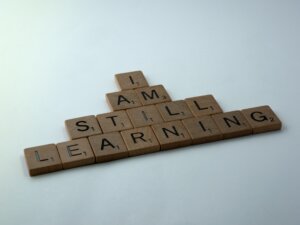
Business and Training Insights: The Power of Warmth
My Cave Man Guide to Training and Development is a “fuzzy” approach, closer to the humanities than the sciences. But I don’t apologize for it. It is from the humanities that we see creativity affecting human behavior directly and therefore human performance in literature, art, theatre, dance, etc. Why not perform at work?
 Psychology and the study of social behavior have always straddled the line between the humanities and sciences. Psychology has roots in philosophy and biology–so much so that even today psychology departments are hard to locate in the larger scheme, and psychology departments themselves are divided into areas from physiological to social psychology areas. That is not to say training is not a science, it can be treated as such; however, for me, since training deals with people, I see more of an application for the humanities.
Psychology and the study of social behavior have always straddled the line between the humanities and sciences. Psychology has roots in philosophy and biology–so much so that even today psychology departments are hard to locate in the larger scheme, and psychology departments themselves are divided into areas from physiological to social psychology areas. That is not to say training is not a science, it can be treated as such; however, for me, since training deals with people, I see more of an application for the humanities.
Not everyone agrees, I know, and that is why there are so many different approaches to selling training. I’m here to comment, and you can, too. I’m always looking for guest writers. All we ask is that you stay generic in your approach. We’ll give you full credit and a link to your site.
Chris Winters, of advanceassist.com, publishes a page very different from mine where he showcases some similar points of view, some very different from mine; however, his approach seems to have more of a scientific approach–or I should say a scientific-looking approach. Please correct me if I’m wrong, Chris. I say this with much respect; I would think he goes over well in the boardroom. It puts training on par with other business plans.
However, essentially what trainers do is related to what teachers do with students, which is to provide information that stays with our client’s people and works to make the organization stronger. Chris’s point of view often spells out how that will be done, appearing quite scientific:
“The Training & Development (T&D) and Instructional Design (ISD) profession modifies and refines production practices over time in concert with technology and cognitive research. Resources available here have expertise and deep experience to enable T&D/ISD if non-existent and if it exists offer effective remote support for ISD… (Planning), Analysis, Design, Development, Implementation, Evaluation (P)-ADDIE.”
I never thought of training as “warm and fuzzy,” but I get it now. When I taught English, speech, and theatre at the U.S. Air Force Academy, I taught those “warm and fuzzy” subjects to future pilots, astronauts, and other officers who would leave the Academy with the equivalent of an engineering degree no matter what their major. There was no English major by the way; although we did have a film club, a speech forensics club, and a drama club. So there was interest in those “fuzzy” subjects even if they did seem off point to the cadet career goals; some actually liked them, but wouldn’t admit it for fear of being uncool.

The best reason for looking at training in the humanities area is the same reason the humanities are called the humanities. We deal with the subject of human beings. Humanities looks at who we are. Through the humanities, we look into the souls of the human race to see what motivates us to live, thrive and die for causes, and for such mysterious characteristics totally human-made as loyalty and love. It’s not that science is inhuman either; it’s just our perspective is that it is so numbers driven, it leaves people out, and people are an integral part of what we do.
I believe it was my job as a teacher of “fuzzy” subjects, as now, to take those “warm and fuzzy” subjects and demonstrate their relevance in the real world. When you’re a teenager, even a smart one, you still see the world in black and white. I probably won’t surprise you that I delighted in getting them to see the gray areas and venture out into the colorfully creative world. In this case the world of work. I believe I owe a duty to both the employee and the employer. Maybe I lose a few return visits; but, just maybe, I earn some respect from the workforce, and when it all plays out the employer knows where it came from. We all have skills and we use them accordingly. Mine are humanistic and communicative. My science is psychology, which you can’t deny is a very human science. Some employers won’t give me the time of day; however, the business scientists, that’s another story. Do me a favor. Remember the people and I’ll remember the science.
Funny thing. We admire those heroes who think outside the organization’s protocols; if what they do benefits us, we are happy. Those are the leaders who generally think outside the box. They very often are humanists if you ask them, but company loyalists to the bone. Steve Martin’s wonderful play, PICASSO at the LAPIN AGILE tells us both scientists and artists can come up with equal amounts of genius but it just takes a different form in the result.
Since we as trainers are looking at people who invariably are human beings, we need to look at them humanistically, in tune with their needs and desires, perhaps closer to Maslov than Human Resources, which is more black-and-white, and see how that works. Use the science, statistics, charts, and training plans to instill faith in the business end of training, but leave the actual training to a humanistic approach. Not all employees are created equal. Otherwise, we’d have good reason to believe in an automaton society or one run by corporations. Granted, this is not a democracy but is filled with people who believe their efforts are of value, perhaps more than they get paid. They believe they themselves are of value. Respect that. Self-worth versus hope. Hope in the company? Company loyalty?
Something to think about.
For more resources about training, see the Training library.
A final reminder: I do have a website where you can find other items I have written, including coupons to get my best-selling, The Cave Man Guide To Training and Development, and my novel about the near future, Harry’s Reality for free! Happy Training.
 Sections of this topic
Sections of this topic














